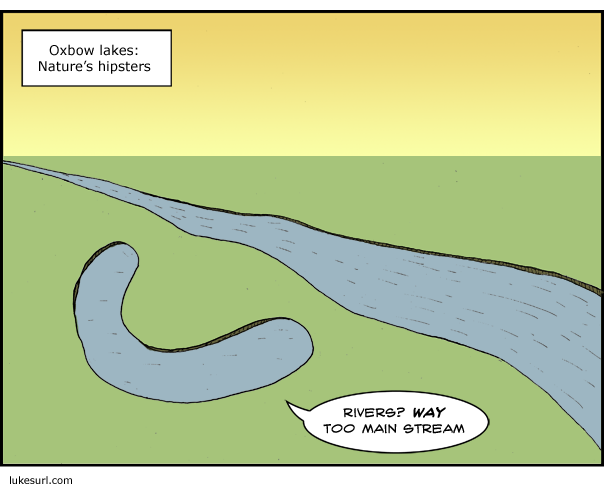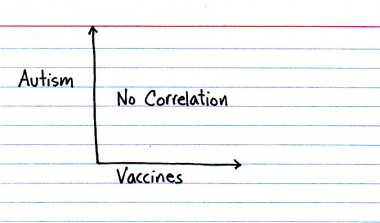Back at the beginning of the year I saw an
article in OregonLive about fears of a chromite operation slated to begin near Coos Bay. Much of it was allegations and refutations of potential contamination by hexavalent chromium (the "bad" kind, as opposed to trivalent chromium, the "harmless" kind). I'm not an environmental chemist, so I can't say whether these allegations are valid or not, but I can point out that the chromite is already there in unconsolidated sands. I'm not sure how
removing it will change its chemical behavior for the worse- not saying it won't or couldn't, just saying I'm not sure how. A photo caption from
The Coos Bay World claims zircon and garnet will be extracted as well.
I saw a talk at OSU during the mid-late 80's, toward the end of my degree, on the potential for offshore mining operations in wave- and current-sorted sands, as well as some onshore prospects in uplifted terrace deposits of the same nature. I don't remember if the Coos Bay prospect was one mentioned, but I do know there were a few on the southern coast, and that chromite was the primary mineral of interest at these sites. (There was also some interest at the time in a titanium mineral- ilmenite, I think- in some areas of the northern coast.) I don't know whether minerals sorted and concentrated by marine shore processes are properly referred to as placers, or if that word specifically implies stream deposits, but the result is the same: heavy minerals become concentrated in certain areas where the competence of flowing water drops off.
The Coos Bay to Bandon stretch of the Oregon Coast is a particularly exciting one, being the transition zone from the Coast Range sedimentary sequence to the Klamath Mountain terranes. A local equivalent to the Franciscan Melange crops out at Bandon, and I have talked about
the blueschist I associate with that town here.

(In the Google Earth image above, I have copied and moved the scale bar so I could crop out much of the ocean.) That ragged bit of shoreline to the SW of the location named Barview is the site of my three favorite parks on the Oregon Coast:
Sunset Bay,
Shore Acres and
Cape Arago. I'm not going to go into their geology in any detail here, but they sit upon folded and faulted Eocene Coaledo Formation, of Coast range affinity. The blueschist at Bandon is
reported to have a Jurassic to Cretaceous age. I don't know if the contact between these two provinces is exposed anywhere; I've never seen it, though I'd love to.
Along with a wide variety of other rocks, one of the notable components of the Klamath Mountains are several ophiolite sequences (the
serpentine I posted on a couple of years ago came from the Josephine Ophiolite, which extends from northern California northward quite a way into Oregon) and their associated ultramafic rocks. A common accessory mineral in these rocks is
chromite- which in some cases can actually form a fairly large portion of the rock by volume. There are some nice layered chromite/gabbro outcrops at Strawberry Mountain in central Oregon. But in the Klamaths, chromite can be concentrated as stream placers- there were some small, scattered operations in the region during WWII- or as in the case near Coos Bay, concentrated by shore processes.
It may seem like a lot of fuss, but the reason that this is important is that as far as I've been able to tell, the US has no chromium mines at this point, and it is an important metal, both industrially and strategically. Unlike some of the
resources I pointed out yesterday, I don't have the sense that we're "running out." The primary world producer is
South Africa, followed by India and Kazakhstan. Canada is not listed at that link, but according to
an article at Cleveland.com a month ago, that may be about to change. However, for a metal as critical to industry and defense as chromium, to have no domestic source is not a desirable state of affairs. I suspect, given the size of the area under discussion, that the actual production rate will be a mere drop in the bucket compared to total US demand, but it's better than nothing.
The Coos Bay area- much of the Oregon Coast, really- has been under severe economic pressure basically since I moved out here. The decline of the timber industry and restrictions on fisheries to prevent overfishing, combined with high property values, have made life difficult for many coastal workers. While this mine will not profoundly impact US industry, I hope it offers a decent living for a few of my fellow Oregonians. Speaking of which,
they're looking for workers.
 (In the Google Earth image above, I have copied and moved the scale bar so I could crop out much of the ocean.) That ragged bit of shoreline to the SW of the location named Barview is the site of my three favorite parks on the Oregon Coast: Sunset Bay, Shore Acres and Cape Arago. I'm not going to go into their geology in any detail here, but they sit upon folded and faulted Eocene Coaledo Formation, of Coast range affinity. The blueschist at Bandon is reported to have a Jurassic to Cretaceous age. I don't know if the contact between these two provinces is exposed anywhere; I've never seen it, though I'd love to.
(In the Google Earth image above, I have copied and moved the scale bar so I could crop out much of the ocean.) That ragged bit of shoreline to the SW of the location named Barview is the site of my three favorite parks on the Oregon Coast: Sunset Bay, Shore Acres and Cape Arago. I'm not going to go into their geology in any detail here, but they sit upon folded and faulted Eocene Coaledo Formation, of Coast range affinity. The blueschist at Bandon is reported to have a Jurassic to Cretaceous age. I don't know if the contact between these two provinces is exposed anywhere; I've never seen it, though I'd love to. The garbage can! Am I seriously supposed to care about this nonsense? (Picture from makefive)
The garbage can! Am I seriously supposed to care about this nonsense? (Picture from makefive)
 This Modern World
This Modern World What Would Jack Do?
What Would Jack Do? Sofa Pizza
Sofa Pizza Compassionate conservatism strikes again. Criggo
Compassionate conservatism strikes again. Criggo Epic4Chan
Epic4Chan The High Definite. The counter-argument here, which is apparently very persuasive to many, is "Yeah, but Al Gore is fat."
The High Definite. The counter-argument here, which is apparently very persuasive to many, is "Yeah, but Al Gore is fat." Alphaville
Alphaville Alphaville
Alphaville Epic4Chan
Epic4Chan Sofa Pizza
Sofa Pizza Luke Surl
Luke Surl Cyanide and Happiness
Cyanide and Happiness The High Definite
The High Definite Epic4Chan
Epic4Chan Indexed
Indexed My childhood needs one of these. I Hate My Parents
My childhood needs one of these. I Hate My Parents Americans will swallow anything if you market it cleverly... Matt Yglesias at Think Progress.
Americans will swallow anything if you market it cleverly... Matt Yglesias at Think Progress. Blackadder
Blackadder Sofa Pizza
Sofa Pizza Sofa Pizza
Sofa Pizza The High Definite... Someone made a comic about my life!
The High Definite... Someone made a comic about my life! Chuck & Beans
Chuck & Beans What Would Jack Do?
What Would Jack Do? Surviving the World
Surviving the World Wil Wheaton's Tumblr
Wil Wheaton's Tumblr Criggo
Criggo Clay Bennett
Clay Bennett Wil Wheaton's Tumblr
Wil Wheaton's Tumblr
